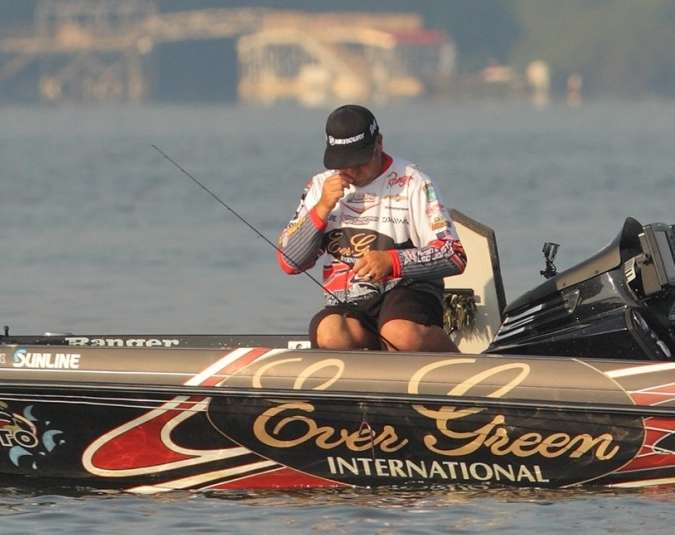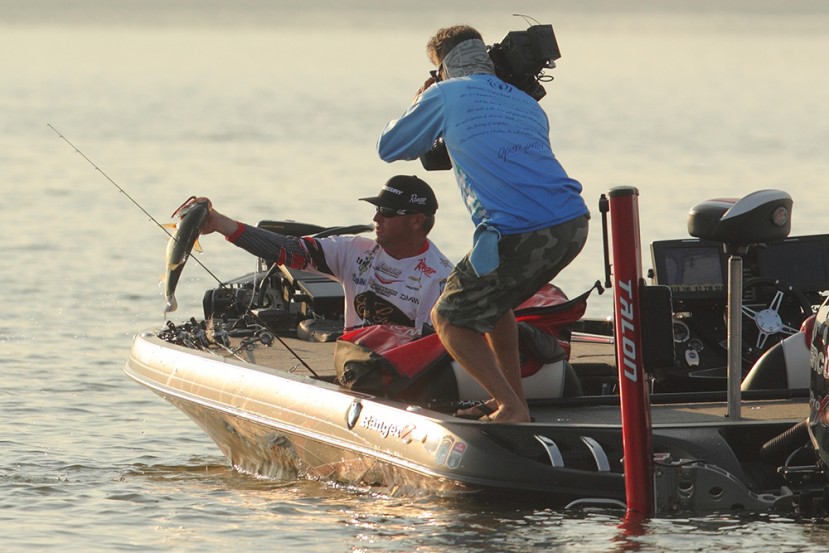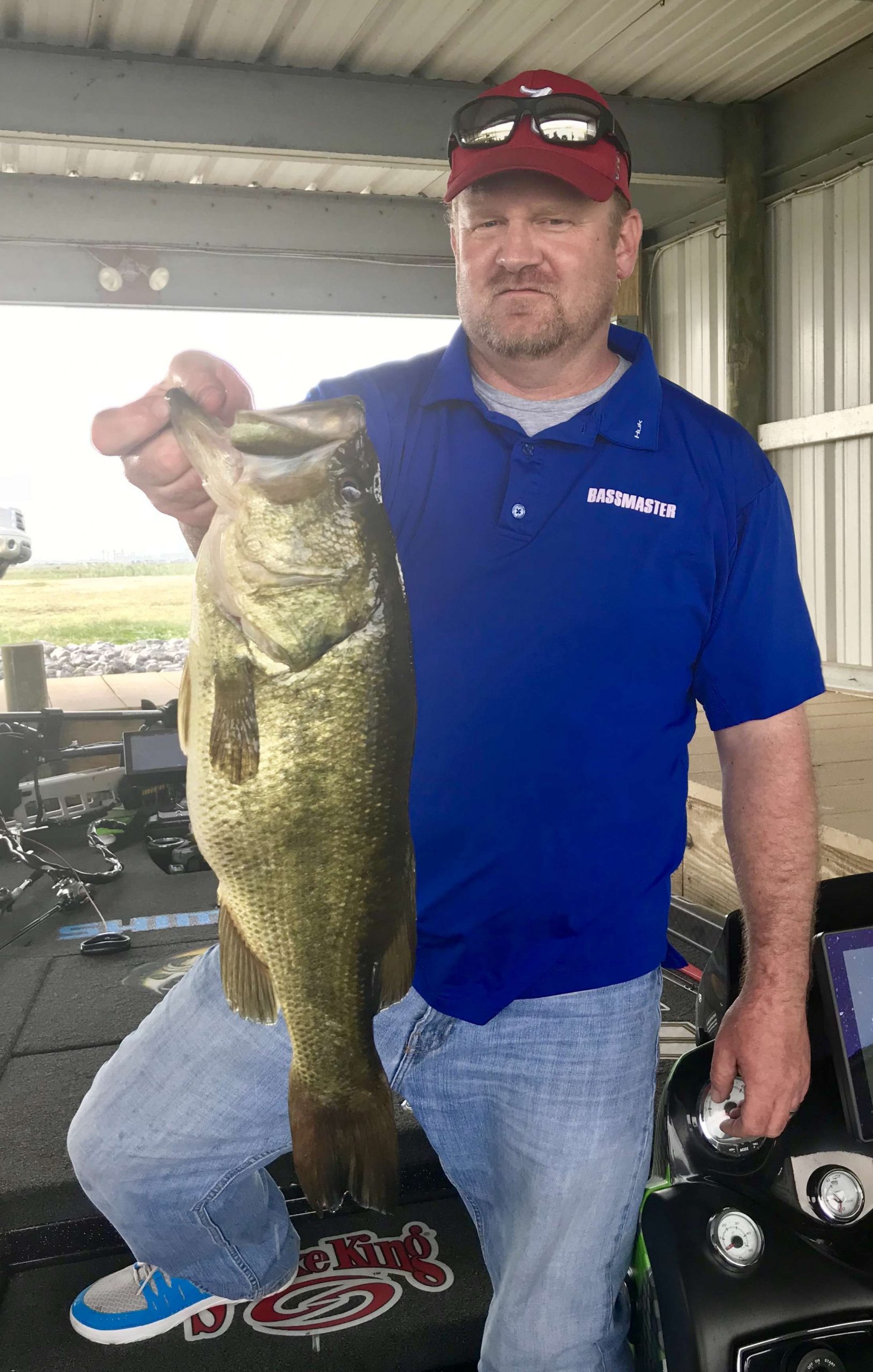
PARIS, Tenn. – There were times during Zippo BASSfest at Kentucky Lake presented by A.R.E. Truck Caps when Brett Hite was fishing shoulder-to-shoulder with a half-dozen other anglers.
He was making the same casts into the same spots as the other guys, but a little West Coast trickery helped him get more of the bites that mattered.
“I caught pretty much all my fish on a Yamamoto 7.75 Kut Tail in plum color,” said Hite, who finished third with 91 pounds, 9 ounces. “I was using 16-pound braid on an Evergreen spinning rod and Daiwa spinning reel with 8-pound Sunline Fluorocarbon line as my leader.”
That all sounds pretty normal, but pay close attention to this:
“I was doing something a little different – kind of a West Coast/Japanese deal,” Hite said. “I was wacky rigging this thing with an O-ring on it and a nail weight in the head. I would just kind of cast it out there, let it go to the bottom and drag it along and shake it. It’s just something they haven’t seen.”
Techniques the fish hadn’t seen were crucial on the ledges of Kentucky Lake that receive immense pressure throughout the year from locals and out-of-town visitors. It’s hard to imagine there’s a bass left in the 160,000-acre Tennessee River fishery that hasn’t seen standard presentations like deep diving crankbaits, swimbaits and drop shot rigs.
Having something that many fish East of the Rocky Mountains had never seen before made all the difference. That’s why Hite worked hard to keep the rig secret, even as he was sometimes fishing close enough to his competition to step over into their boats.
“I made a lot of guys look pretty stupid this week,” Hite said. “Every once in a while, when you do figure out something when you’re fishing heavily pressured areas, you’ve got to keep it a little secret. You’ve got to keep those baits down and your casts low, because with these guys, you don’t want to feed them anything like that.
“Next thing you know, you’re fishing the same spot with them and they have the same secret weapon.”
Hite said the rig has been a pretty popular thing on the West Coast for years. He said he even remembers a co-angler using it to win a Bassmaster Open event out West during the early 2000s.

It’s been no real secret in that part of the world. But since it hadn’t caught on around the country, he and other Western anglers – like his tour roommate Brent Ehrler – did their best to keep it off other anglers’ radar.
Acknowledging that the cat is now out of the bag, he gave more details on how to use the rig.
“I was using Aaron Martens’ new 1/0 drop-shot-style hook (from Gamakatsu), that’s kind of a circle-style hook,” Hite said. “With a 7-foot spinning rod, you can cast that thing so far. That 7.75 Kut Tail is like a giant Senko that tapers down and has a cut-off tail. You know how you can cast a 7-inch Senko, so imagine doing that with a weight in it.”
Hite said the super-long casts make rod selection extremely important.
“You can cast it a long way,” Hite said. “So you want a heavy-medium or medium-action rod. When they bite it on long casts, you want to be able to still get that hook in them.”
Hite is sponsored by Reins Tungsten, and he was using one of the company’s 1/8-ounce nail weights in the head of the worm. That’s why he said the O-ring is so important.
On a standard wacky rig, it’s easy to sling worms off a hook during a cast and just as easy to lose them when a hooked fish breaks water and starts shaking its head. Placing the hook through the O-ring instead of putting it through the plastic give anglers a little extra protection.
“I was using a 1/8-ounce Reins Tungsten nail weight, and they don’t even sell those around here,” Hite said. “I couldn’t afford to lose too many. If you’re hooking it the traditional way and the fish comes up and throws it, you lose the entire rig – worm, weight and all.
“The O-ring saves a lot of money.”

